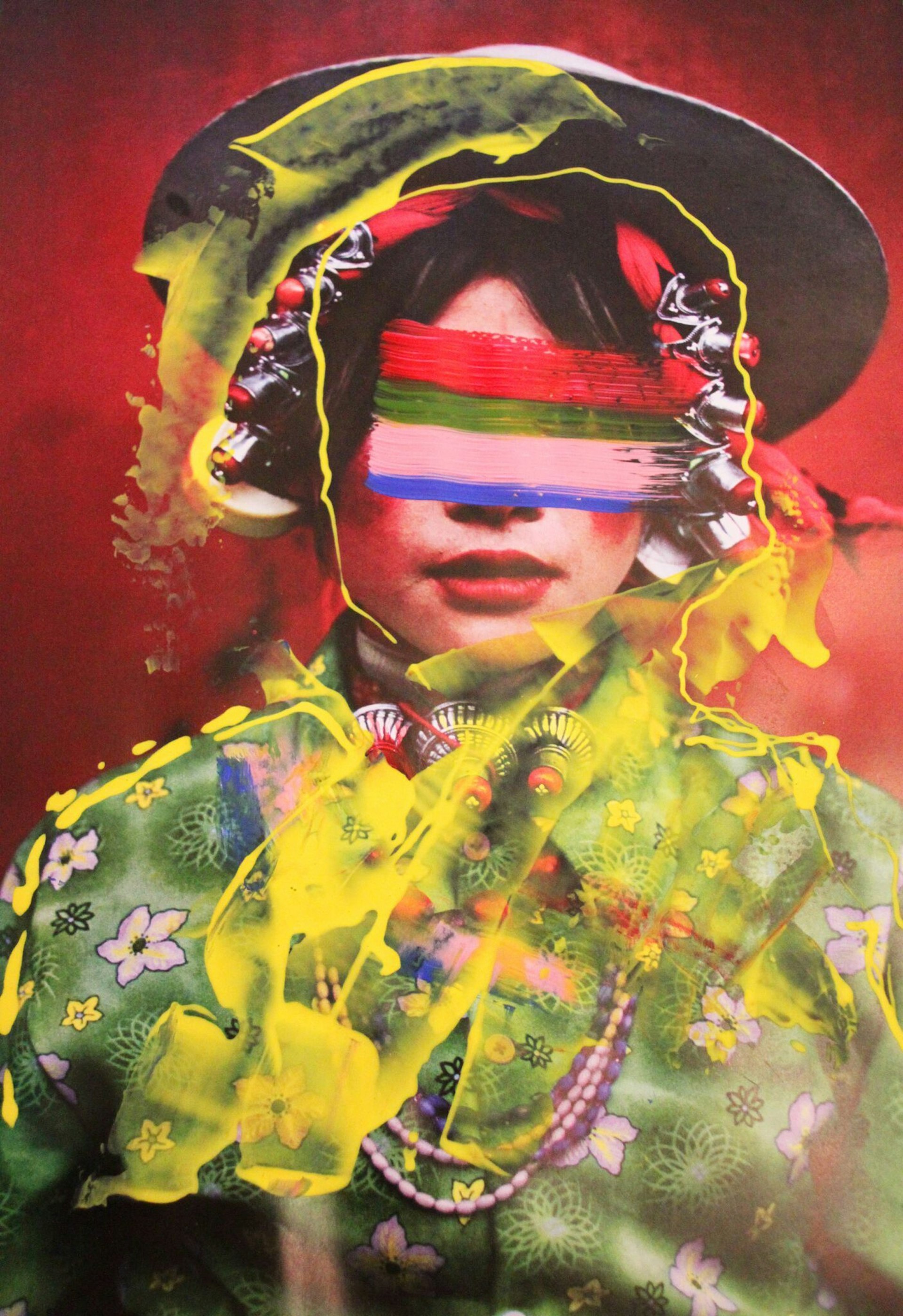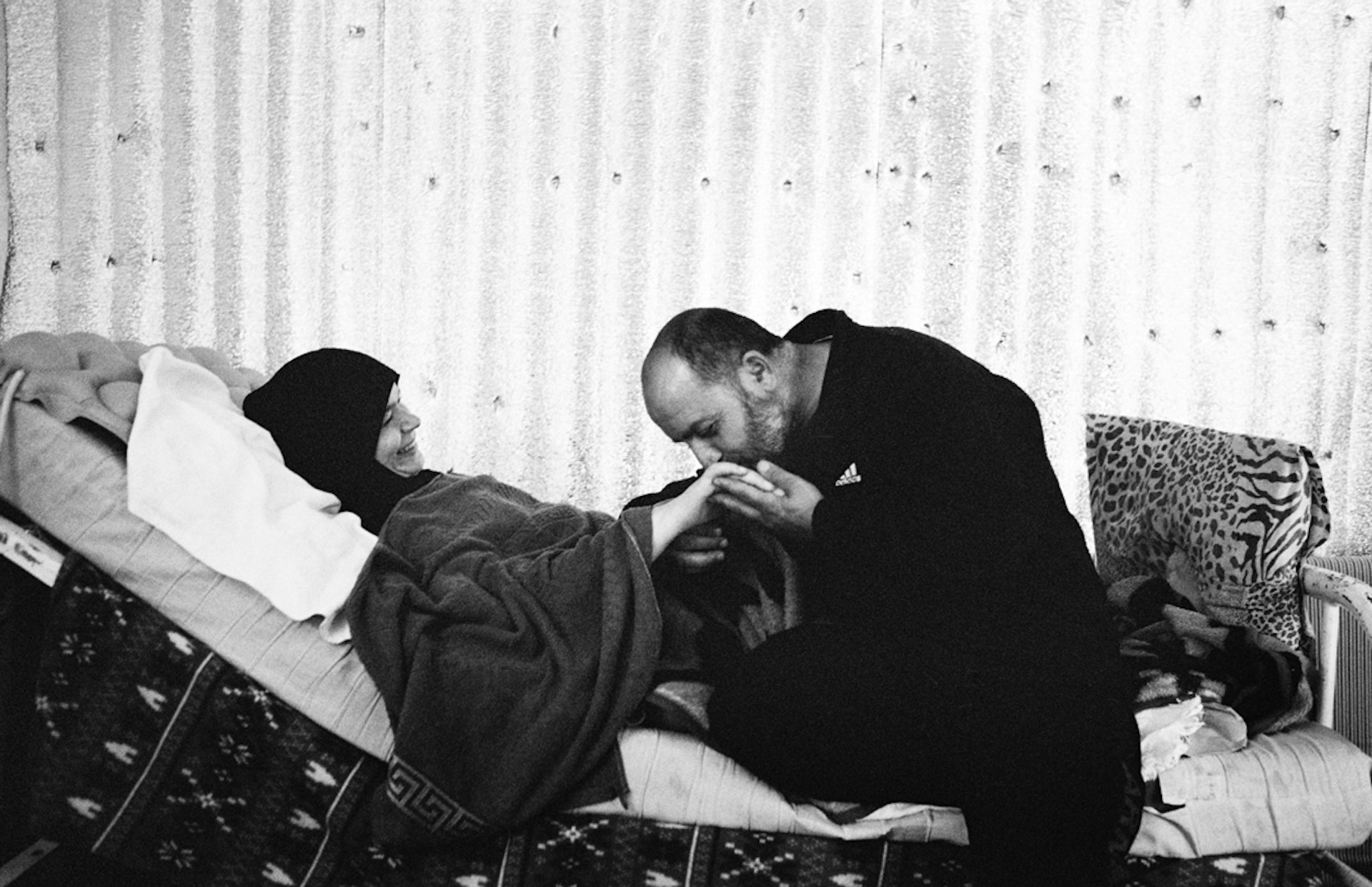
‘There is no truth in photography, only honesty’
- Text by Michael Segalov
- Photography by Giles Duley
Giles Duley was 18 years old when he first picked up a camera – not driven by an innate desire or an idyllic childhood dream, but as a direct result of a series of shitty circumstances. A keen boxer, he’d headed stateside to pursue his dream of making it as a sportsman, when a car accident made a future in the sport impossible. “I was crap at boxing, don’t get me wrong, but I was convinced I was going to be a professional athlete,” the now 46-year-old says, laughing.
It was while the then-teenager was stuck in a British hospital recovering that his godfather sadly passed away, leaving Giles an Olympus OM10 camera and a book of legendary war photographer Don McCullin’s work. “I remember seeing photographs like those in that book for the first time, and I knew it was what I wanted to do,” he remembers. “I am dyslexic as well, and was always told I was stupid at school. I got my camera and it was like I finally found my voice.”
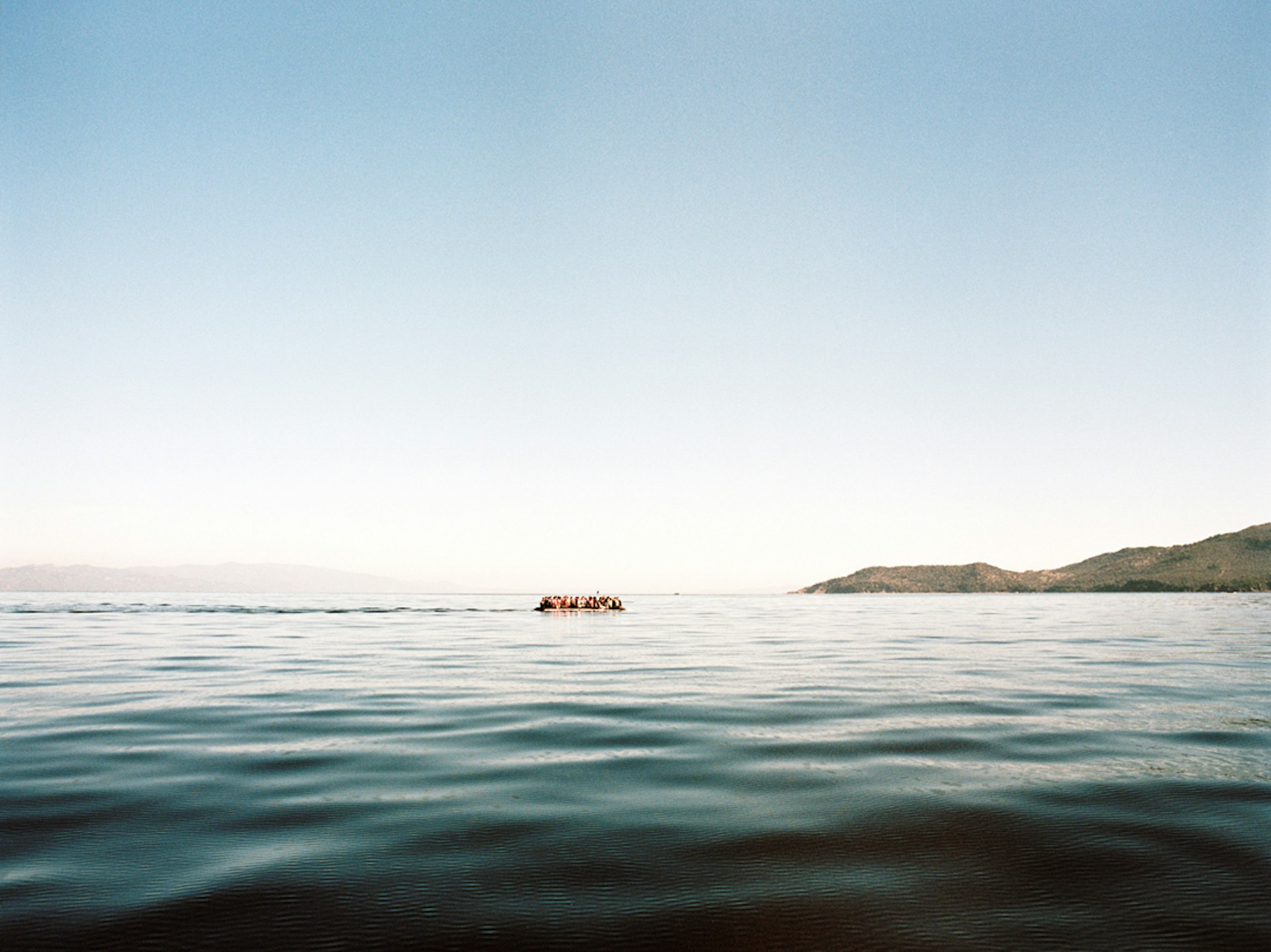
Nearly three decades have passed since Giles had this revelation, but sat in the Truman Brewery on Brick Lane in East London he still remembers it with a boyish grin. Around us is his latest exhibition – I Can Only Tell You What My Eyes See – the culmination of a year spent travelling through the Middle East and Europe, documenting the human stories of the refugee crisis. Brit-born Giles is old school, shooting on film, and it just doesn’t feel like a project is completed until he physically presents his work to the world.
Lining the walls around us are intimate portraits which each tell their own story: images of families desperately seeking safety as they travel across beaches, waiting in camps, facing harsh repression from the forces of fortress Europe. They’re stories that – while all too familiar – in this space feel too real to ignore.
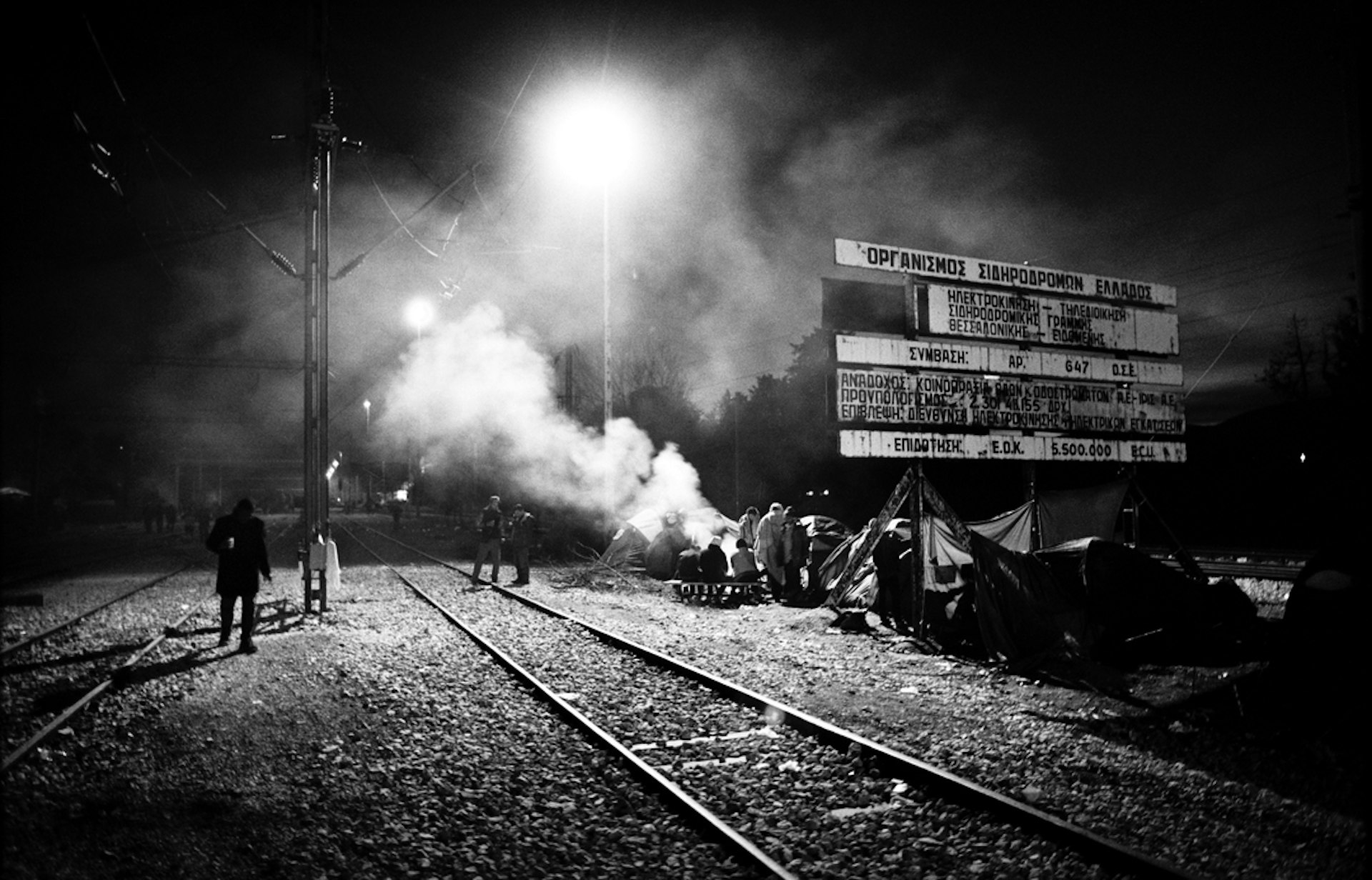
“This project was funded by the UNHCR,” explains Giles, who now works regularly with charities and NGOs to delve deep into longterm projects that capture some of the greatest humanitarian disasters and tragedies across the globe. He’s invited Syrian artists and performers like Sulaiman Addonia to collaborate at the exhibition, and in the background radio from Syria sampled by Robert Del Naja from Massive Attack is playing.
Every night, 100 people are invited to eat and drink together on the long tables in the centre of the space, starting conversations that Giles hopes will continue long after the exhibition is over. “Everything in the media about the refugee crisis seemed to be about the numbers and the mass of it all. I wanted to get back to the fact that it was individuals, families and people. I think that got lost, as governments talked of ‘swarms’ of people – all these negative portrayals.” Giles’ work is aways about individuals, about families and friends and intimate moments, and that, he understood, was missing from the narrative.
“I don’t want to create sympathy for refugees,” he explains, “that’s not my business. I want to create solidarity and empathy – it’s a different thing. This project had a lot of meetings before we kicked off, but they finally signed it off. In the official brief the final line said ‘follow your heart’. That was the commission.”
It’s a mantra Giles has lived by – from his days shooting high fashion and wild nights on the road with bands, to his human rights-focused work today.
You picked up a camera for the first time at 18, but you were shooting professionally for music magazines really soon after. How did it all happen so fast?
I was just a sponge. I wanted to photograph anything and everything. I’d take a picture of a landscape, then of my friends, then of a tree. I had some friends in bands, nothing big but I started photographing them. I like music, and I like being around the world of music. As well as being a shit boxer though, I was a shit musician. I didn’t really feel like I fitted in. Suddenly when you take photographs you have a role. Before I realised it, I was a music photographer.
You make it sound easy, but breaking into the industry must have been tough.
I did study for a little bit. I went to Bournemouth Arts College for a while, but they kicked me off after four months. I was told I had to write an essay, and my reply? ‘I didn’t come here to write a fucking essay. What’s the point?’ I handed in a tub of coleslaw. That’s when I went to see Select Magazine with a portfolio of work. They really liked it, but said they needed to know if I could work under pressure.
So I just took myself to Cuba, which at the time was still illegal to get into. I was about 20-years-old at the time, I got in there illegally, got arrested and took loads of pictures. The guys at Select said to me they just meant they needed to know if I could photograph a band…
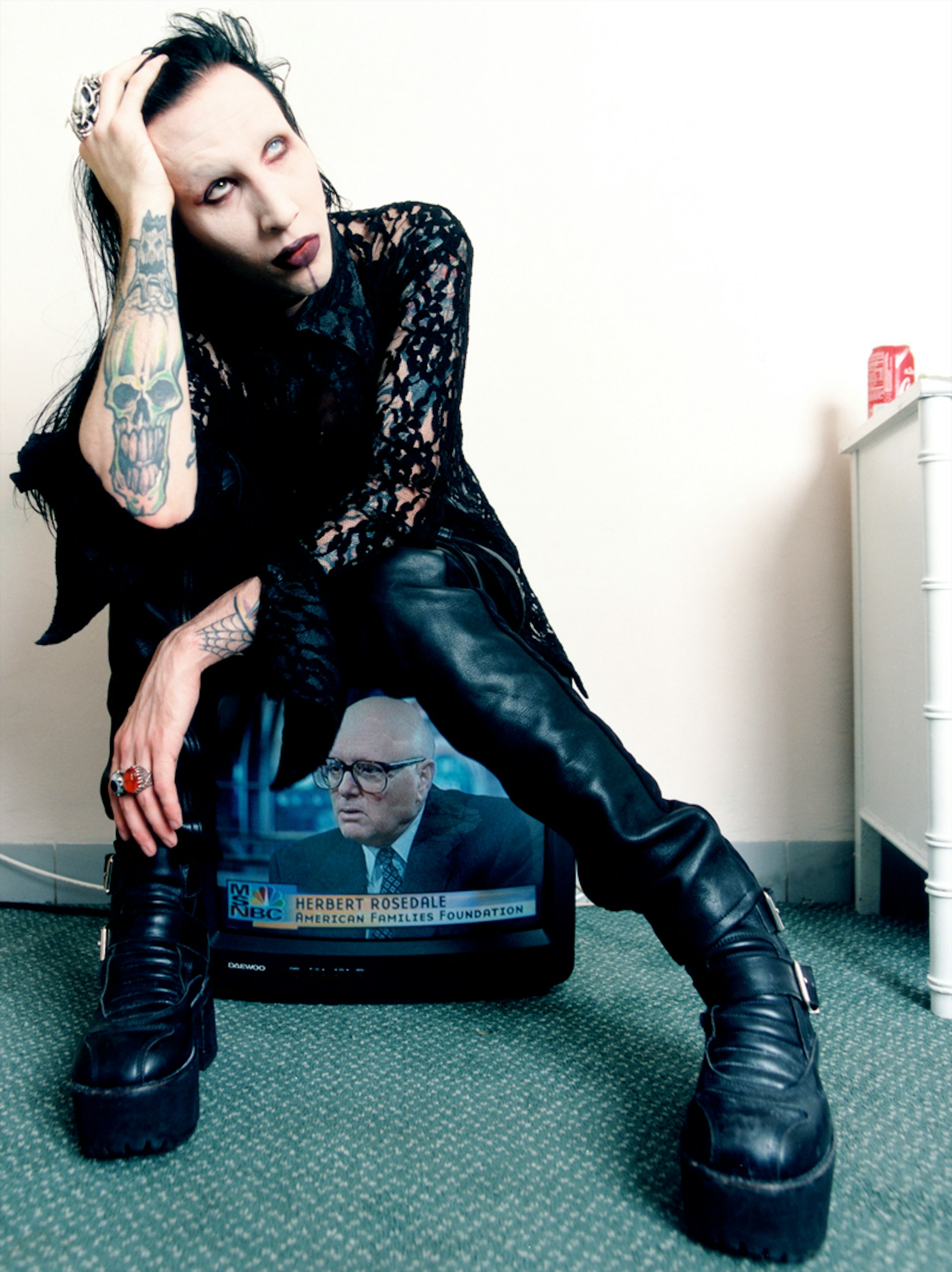
Marilyn Manson
You went all the way to Cuba to prove a point?
Yeah. I’ve got a bit of a stubborn, extreme streak. When I was 16 I wanted to leave school, but my parents said I had to stay until I was 18. I told them I’d never need my A-Levels, but they said I would. To prove my parents wrong I studied for two years, but I said to them I’d never open the results. Nobody now, even me, knows what I got.
Fair enough. Cuba doesn’t sound so off the wall now…
After Cuba, my first job was photographing a band called the Black Crows in Detroit around 1994. I remember getting there aged 20, with his big rock and roll band on a tour bus. It was such a cliche! The bass player was drinking from a bottle of Jack Daniels and he asked if I wanted a whiskey. I said yeah, expecting him to pass it to me for a sip. He passed me a whole new bottle. I was hooked, I loved it. I could see that photography was a passport into other people’s lives. It let you, just for a moment, be part of that world.
What’s your most wild, rock and roll memory?
We used to go to Glastonbury every year with Select Magazine. My job wasn’t to do much really, but I’d basically go and take backstage photographs of the bands I knew. On the Saturday night, they used to send all the film up to London, then they’d try and turn it around to be the first magazine to have pictures from the festival. So it’s Saturday night, all the films have gone up, we’re finished. It’s two or three in the morning, and I bump into the editor at the time – – and say look, I’ve taken the best ever picture of Glastonbury. He looks at me, thinking ‘you’re fucked’. I explain that I took it before I was fucked, that he should trust me. I’ve been coming for 10 years I told him, and this is the defining image of Glastonbury.
Eventually, he believed me and they sent a courier down from London to collect these three roles of film. A week later the editor comes up to me, and we look through three roles of film. It was just picture after picture of the exact same tree. It wasn’t even well lit, I hadn’t even moved. I’m amazed they kept giving me jobs.
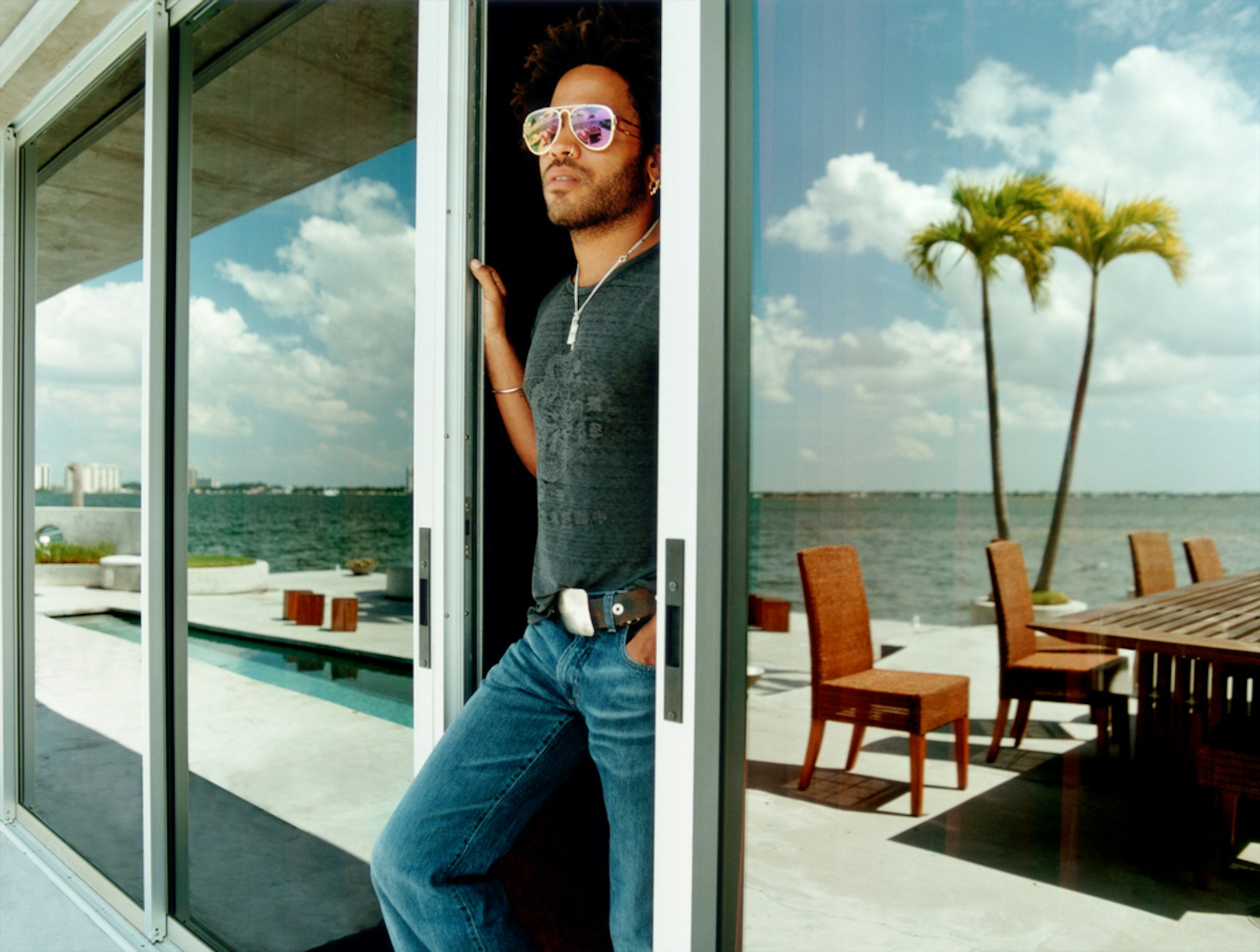
Lenny Kravitz
It sounds like you were living the dream, but music photography’s heyday was soon to pass.
By the time the millennium came around I started to get more into fashion photography. The world had changed by then, PRs and agents were much more controlling of musicians – you couldn’t just go on the road and take pictures of bands. I’d be with a band and someone would ask me to put my cameras away because someone wanted to have a cigarette.
The images became more set up in studios, more styled. People still ask what happened to the great rock and roll photography. It’s gone, because of control. What happened backstage just doesn’t happen now, and if it does it’s in private. My work became more studio based, more portraits. I was bored.
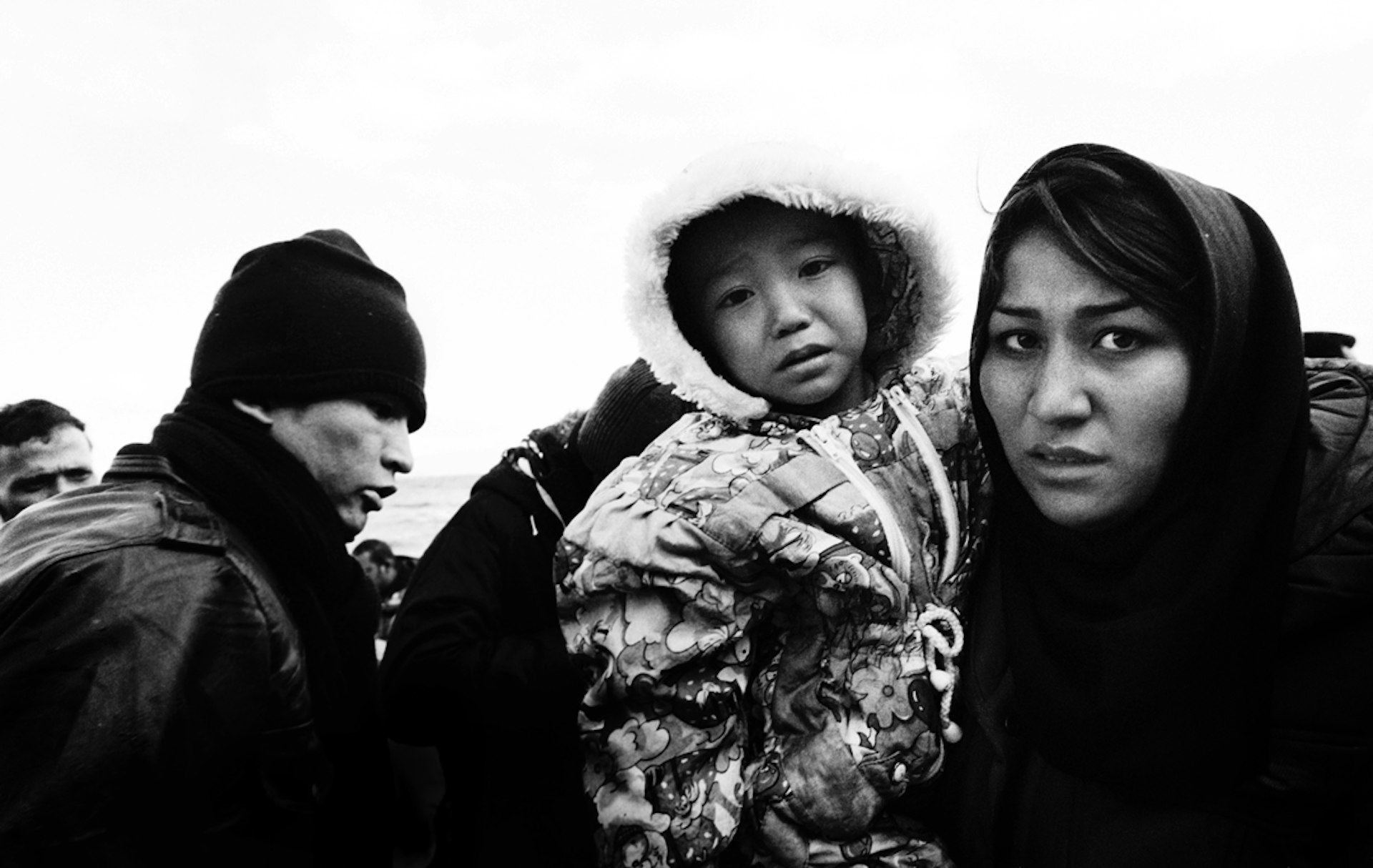
Was it only the sanitisation that was bugging you?
I didn’t like the way women were portrayed in the magazines I worked for either – it was always in underwear. It came to a climax when I had my own rock and roll moment on a shoot in the Charlotte Street Hotel in Soho. A young actress was sitting for me, and there was an argument going on with the editor of a magazine and her agent about whether she’d be in underwear or not. She was upset. It was shitty. I was sat there thinking ‘fuck this.’
I picked up my camera and threw it out the window. Well, I actually threw it onto the bed and it bounced out the window… It left a dent outside. That was it. I gave up that day. I walked away, moved to Hastings. I was 29, a decade had passed since I’d started out. It was sort of an early midlife crisis. On the surface, I had this really cool life – I was photographing bands and getting paid stupid money to take pictures. I couldn’t work out why I wasn’t happy when I felt I should be. I sunk into a really big depression for a few years. I was drinking myself to death, couldn’t focus on anything.
I think that’s always something that comes with being successful, especially in a creative field, at such a young age – a sense of feeling like you’ve peaked, that the reality isn’t quite what you imagined.
I’d given up this really glamorous, cliche life: a flat in London, married to a model, rock and roll. I gave it all up to become a care worker. A lot of my friends didn’t get it – but I could see the direct positive impact I was having on someone else’s life every day. Even on the days, I didn’t like myself because I was so depressed, I had to get up and help somebody, to do something positive. It was doing that that saved my life.
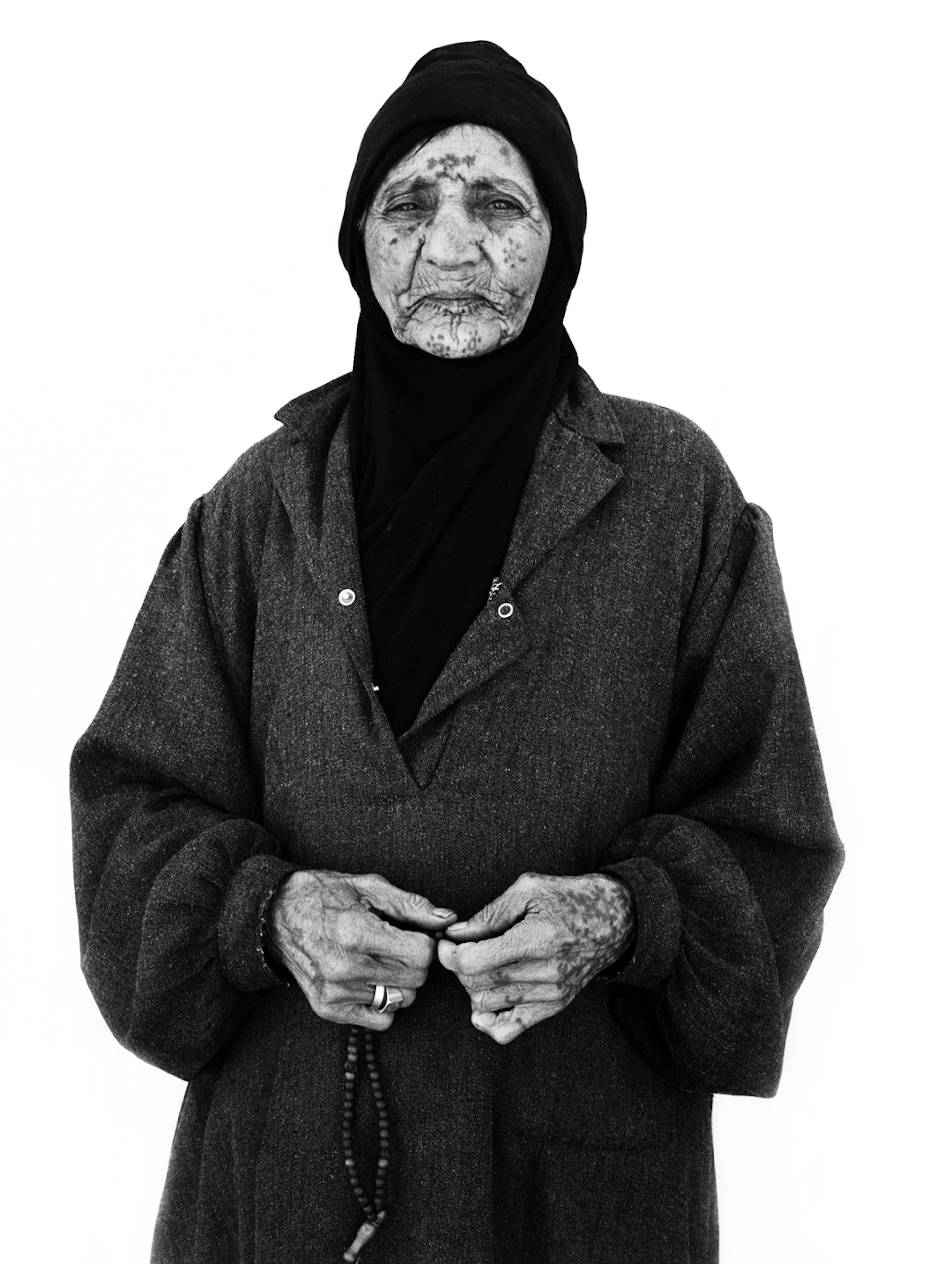
What has changed then? You didn’t put down your camera for good.
By the end, I was looking after a young guy called Nick who has Autism. It was the first time in my life I actually felt happy. I didn’t have a camera at all in this time, but after about three years my friends got me one and I started taking photographs again – not just for my ego but for work that could actually help somebody. I realised that photography that could change people’s lives, just like my care work. I knew I was a pretty good photographer, and I knew that I wanted to do something positive. There was a eureka moment.
Do you remember the first time you put that into action?
I went to Angola in 2005, as you do. The civil war had just ended, and I booked myself on a flight. In Angola, the civil war had just ended and nobody was covering it, but I knew there must be stories. When I arrived I started contacting local charities and NGOs, saying that I was a photographer based in the area. I’d lie a bit, saying I had commissions, but they were all really happy because nobody else was shooting. I stayed for months.
And when you came back I imagine you weren’t greeted with hundreds of editors desperate to take your work? Documentary photography is such a different space to what you were used to before.
I came back and went to see a lot of the magazines I’d worked for and realised it wasn’t going to be easy. Nobody in that world is that interested in documentary work. They’d ask why now? What’s the news hook? In fact, one of the first stories I did was with the Rohingya refugees, which is all over the news now. I remember going to magazines 10 years ago with this story, about the 25,000 people living on the border. I could just see the pictures and the stories that needed telling.
It was frustrating. That’s when I came up with the idea that I wouldn’t work for magazines, I realised they didn’t have the budgets or share my ideas.
For photographers intent on highlighting injustice and inequality, that’s an all too common frustration. How did you bypass those barriers?
I decided to flip it around and find other ways to fund my work, not to be reliant on magazines commissioning me. The mindset of most photographers is you have to have someone commissioning you: The Times, The Sunday Telegraph, The New York Times. But I looked back, and a lot of the photography I loved from America in the 1930s – like the work of Walker Evans and Dorothea Lange – were commissioned by government agencies and philanthropists. I just thought, why don’t I do that?
Kickstarter was beginning to take off then, crowdfunding too. I realised there are other ways to raise money, to think about charities. Then use a magazine as a tool to get the story out, but only part of it.
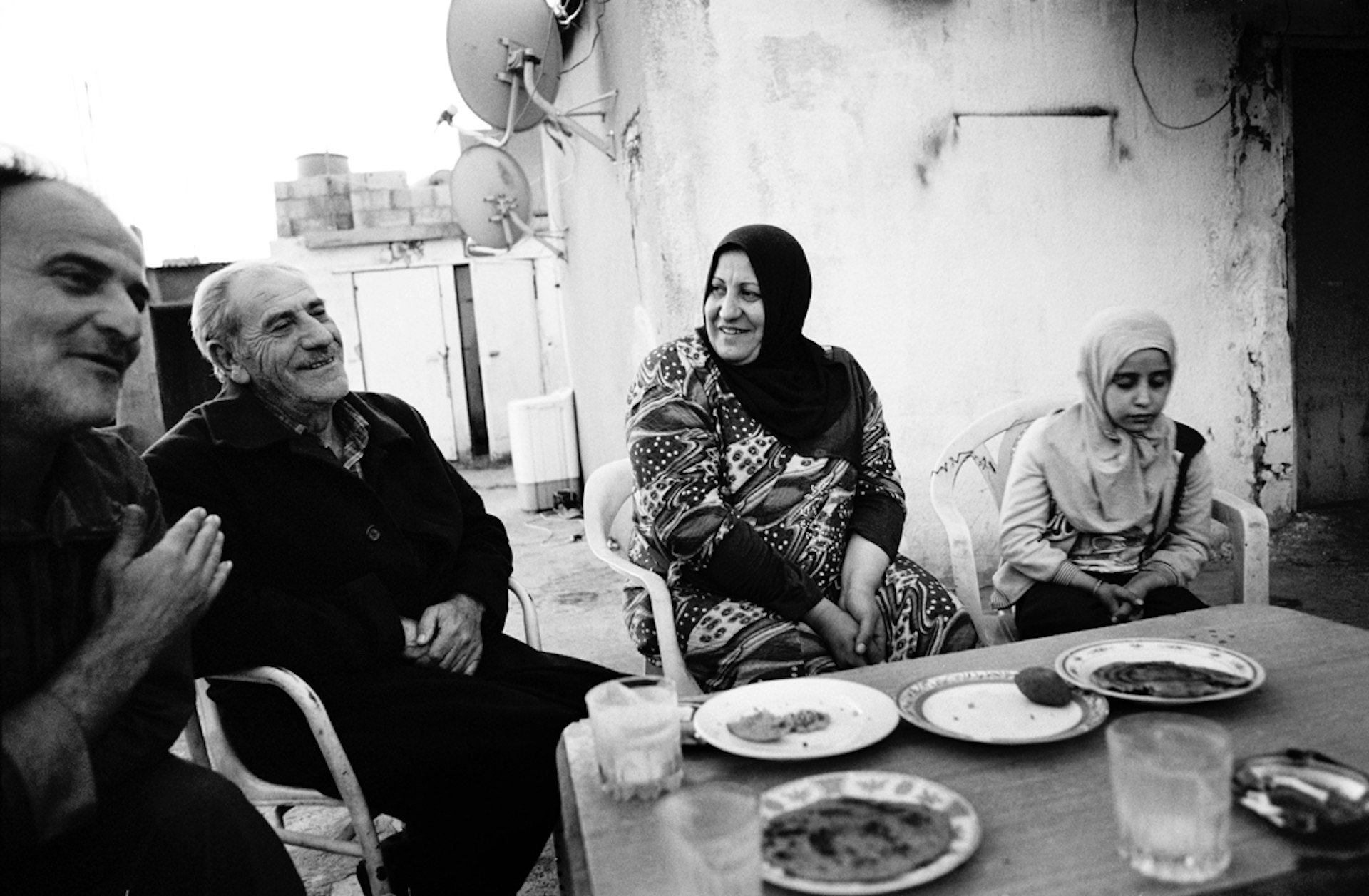
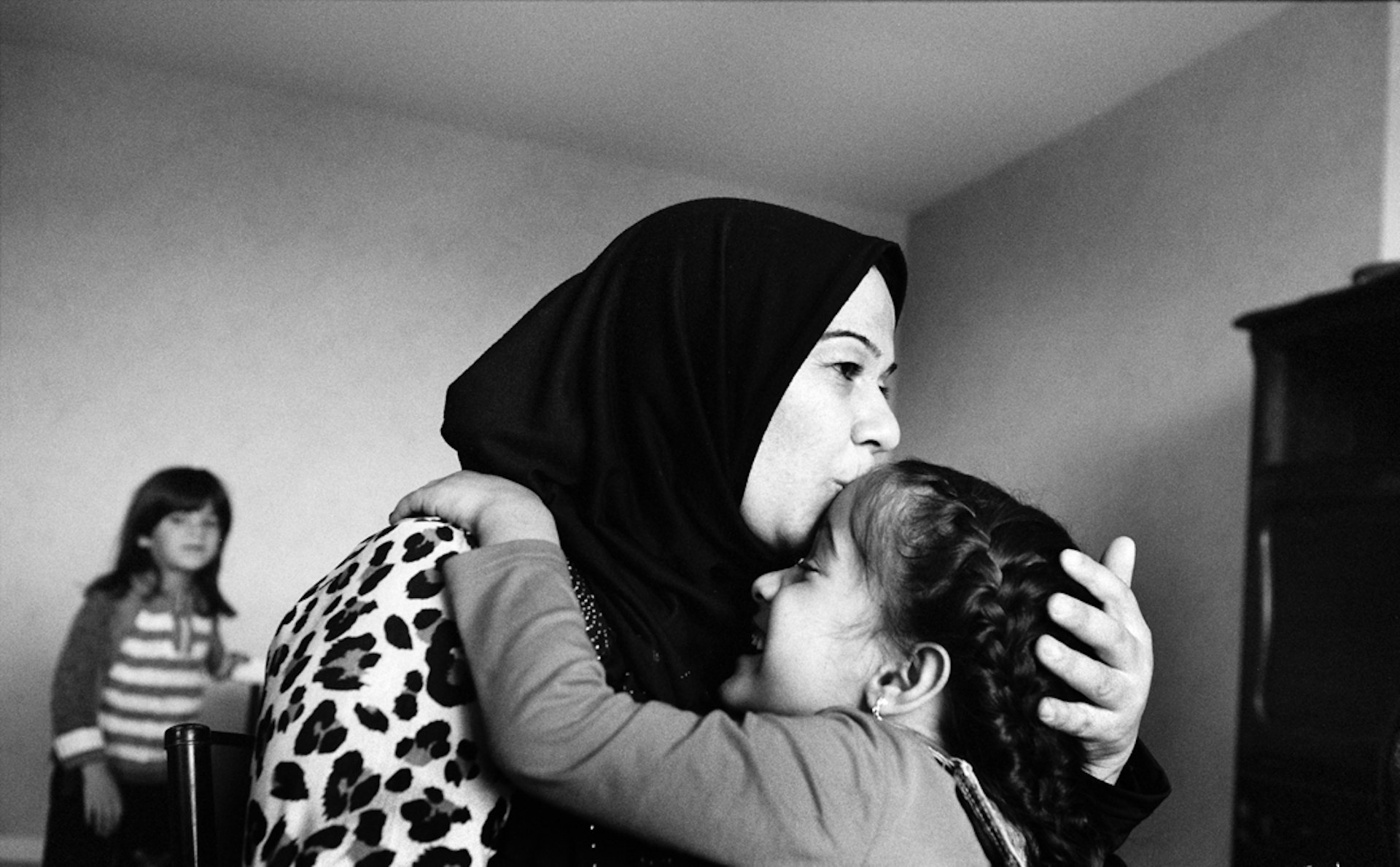
In 2011 you had this accident while working out in Afghanistan, stepping on an IED (improvised explosive device) which saw you lose three limbs and left you fighting for your life. But it sounds like you were just getting your life back on track then?
Leading up to the accident, my life had felt like a constant journey of searching. Whenever I felt frustrated I would do some extreme flip – I’d destroy everything and start again. Leading up to when I got injured, it felt like I had finally got to do what I wanted.
I was working on this project called Legacy of War, looking at the long-term impact of conflict. Charities were giving me funding to do months of work at a time. That’s when I found myself in Afghanistan, and I stepped on a landmine. The next thing I know I’ve lost consciousness: my legs have gone, one arm has gone. I was looking up at the sky, it was a beautiful day. Even then, more than anything else, I was pissed off! For fuck’s sake, I finally get my life in order, get everything going, and then you get your legs blown off.
When I came back to the UK people thought I would really struggle. The only thing I really felt was frustration. I always said that learning to walk is easy compared to fighting depression. I’d beaten that, got my life back on track. I just saw the accident as a hiccup – a pretty major hiccup, granted – but it was never going to derail me.
When did you decide you were going to carry on taking photographs?
I never doubted it! At the beginning, I was in a wheelchair and told I would never walk again, so I was already trying to work out if I could put a little device on the wheelchair.
Do you find yourself now introduced as a ‘disabled photographer’?
When I first started going back to work, any publication that would carry my photographs would write ‘disabled photographer who lost his legs takes a photograph.’ It was three years after I got injured that the Observer ran a piece with my work, and I said if you do use my photographs you just use my name, that’s it. Work started coming in from people who didn’t know my story, then they’d say ‘FUCK you’ve got no legs and one arm!’ That’s when I got my life back.
Now, when people look at my work they don’t think ‘oh, he’s done really well for a disabled guy.’ They stand up on their own, even if they’re not quite so in focus!
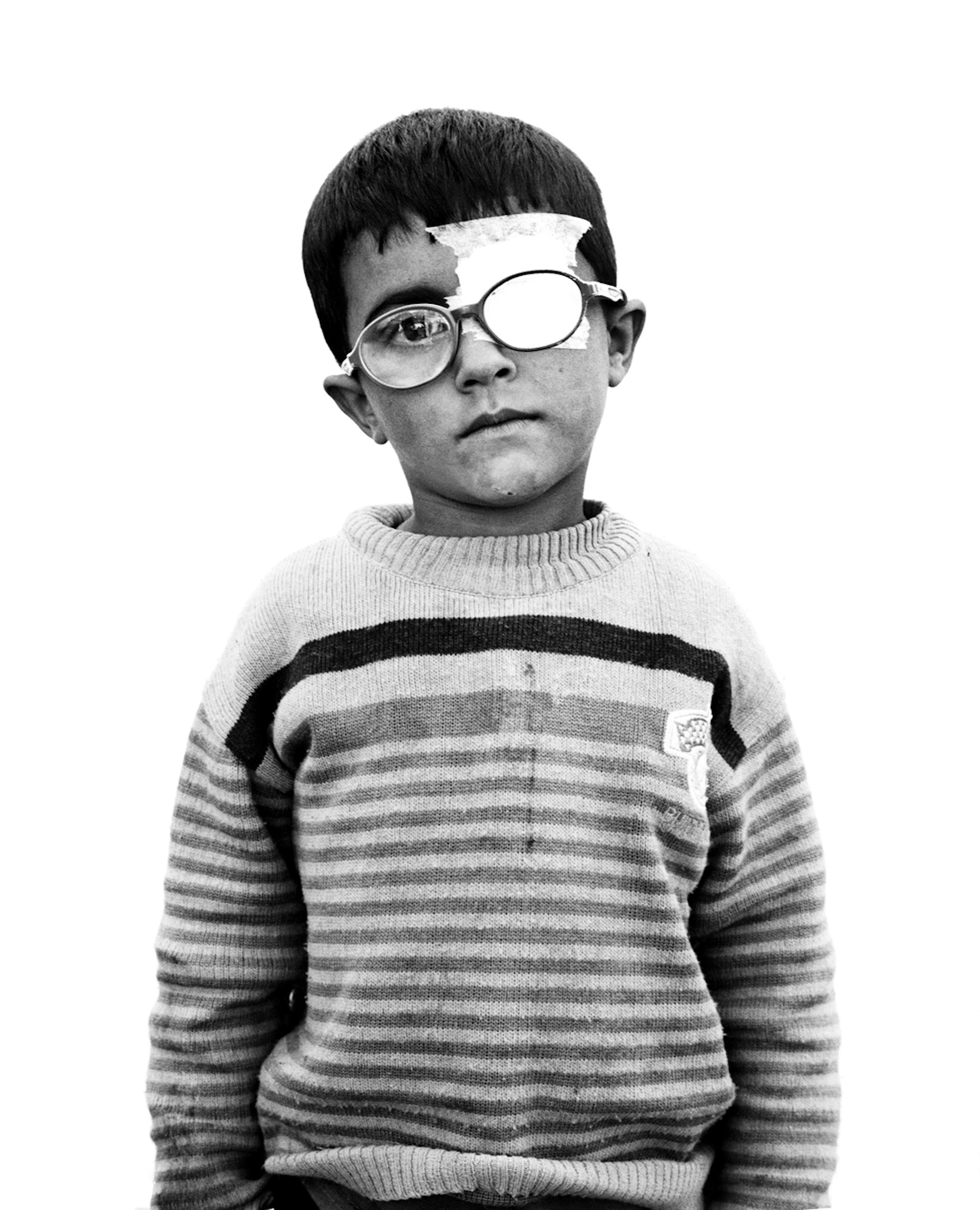
You’ve transitioned through so many different parts of the industry – what advice would you give to other photographers looking to change their path?
What is transferable is the building of relationships and getting people to trust you. See transitions as an advantage, you take and you learn. I’m a portrait photographer at the end of the day, I love people and working with them. It’s a skill you can take to anything.
You use your photography now as a form of activism. Why do you think it’s still so powerful as a medium today?
How does a photograph have that much power? It lets people pause in that moment, to see something.
I don’t believe there’s such a thing as ‘truth’ in photography. As soon as I walk in a room and point a camera at you, I’ve already ruled out the rest of the people. As soon as I press the shutter on that second, I’ve ruled out the rest of the day. There is only honesty. As a photographer, you’re an artist, your photographs are your interpretation of the world. You have to get away from the idea that ‘this’ is truth. This exhibition is called I Can Only Tell You What My Eyes See. This is what I have seen, but this is not the truth.
Enjoyed this article? Like Huck on Facebook or follow us on Twitter.
